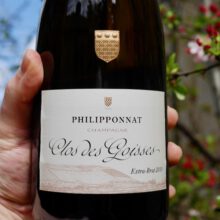
Product information
Philipponnat Clos des Goisses Juste Rosé 2012
$999
Description
2012 Philipponnat Clos des Goisses Juste Rosé
“The just-released 2012 Extra-Brut Clos des Goisses Juste Rosé shares the vinous, textural profile of the regular Clos des Goisses in this vintage, offering up aromas of mirabelle plum, crisp orchard fruits, white flowers, frangipane and papaya.
Full-bodied, broad and fleshy, it’s a rich, muscular Champagne of considerable depth and persistence.”
William Kelley, The Wine Advocate 95 Points AG 95 AK 97 JR 18
In stock

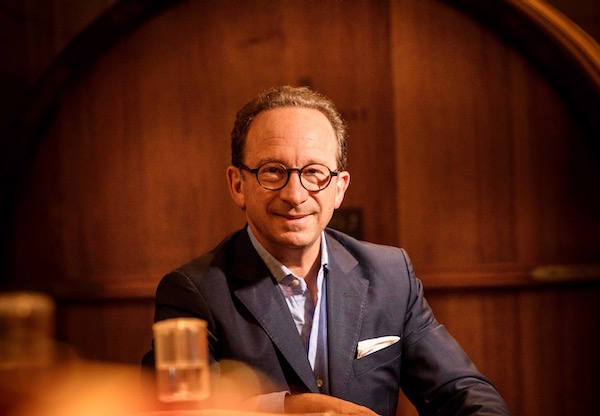
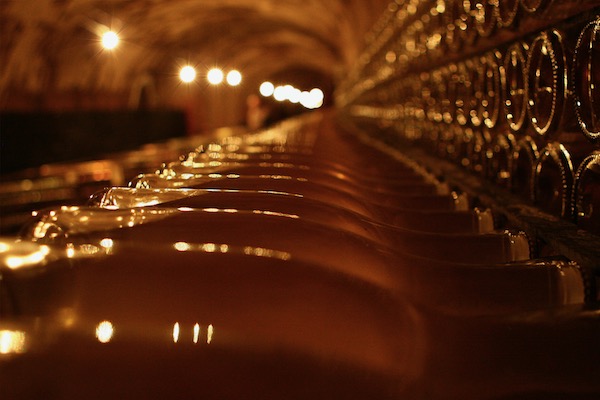


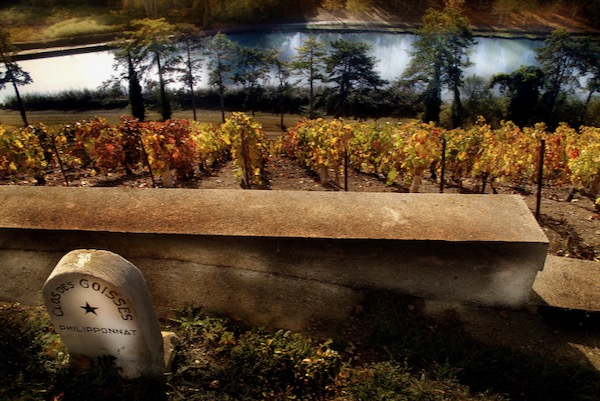



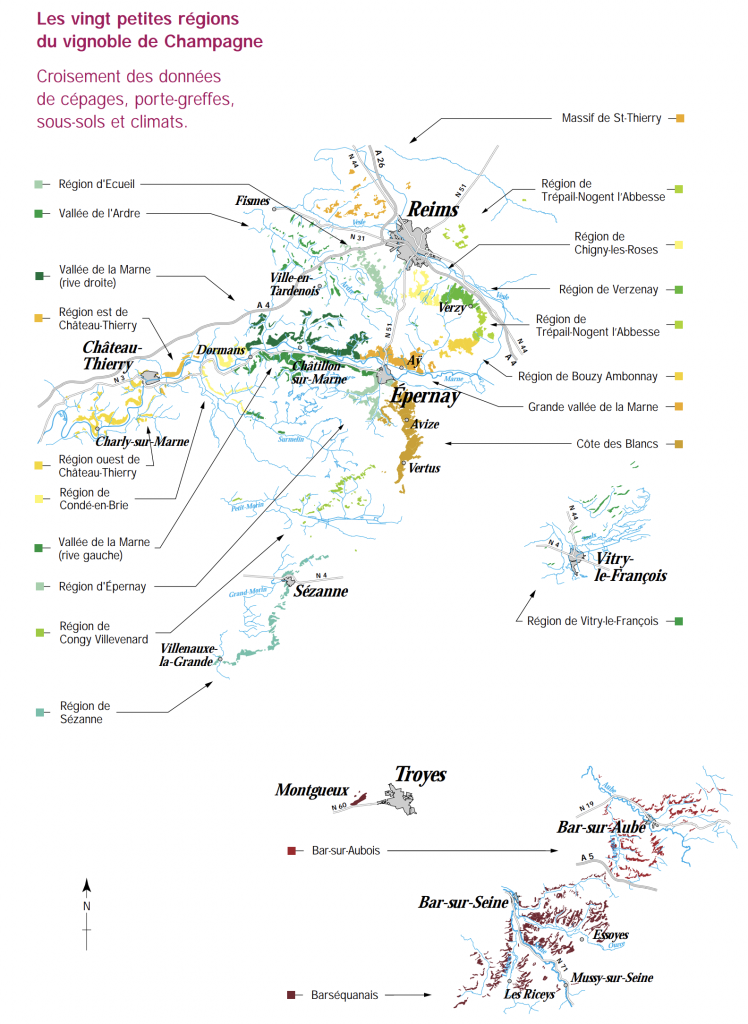





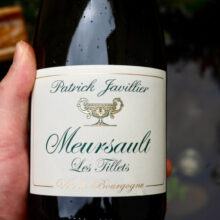



You must be logged in to post a comment.